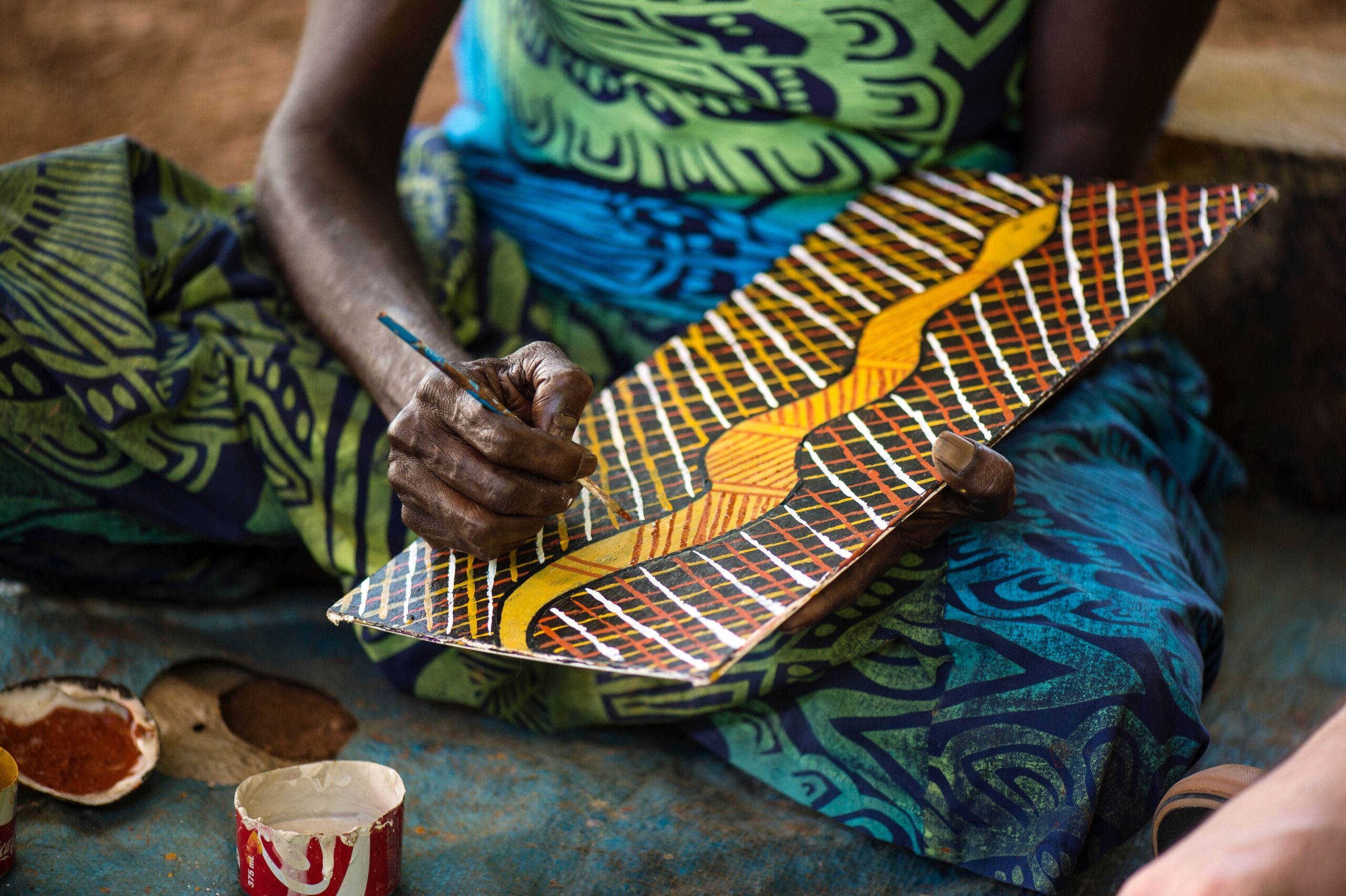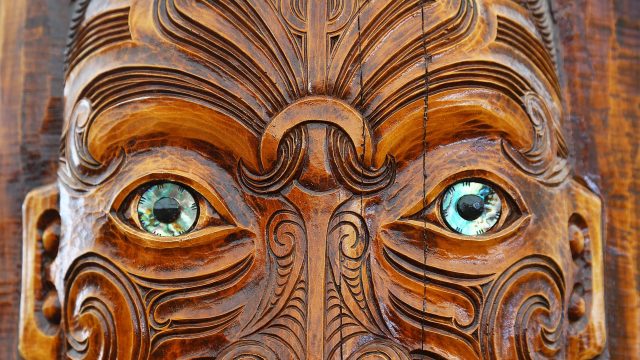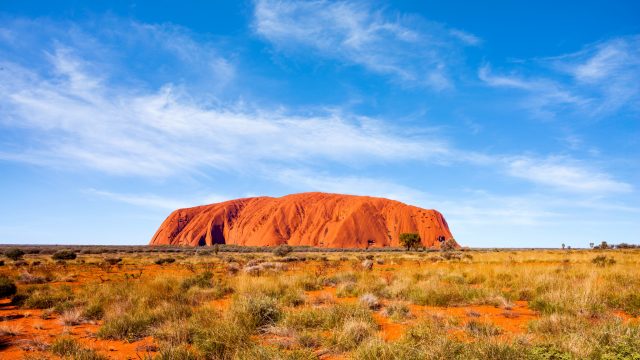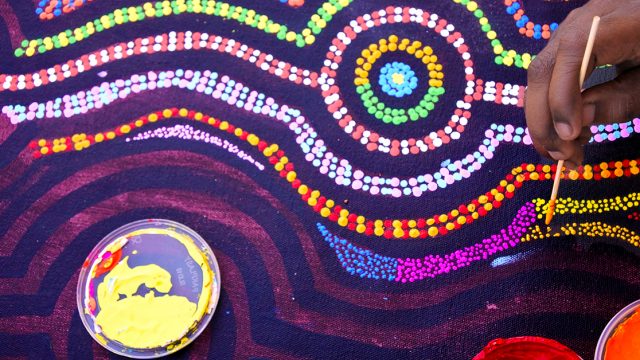Articles found in: Australia

Discover Australia’s Aboriginal Cultural Experiences
Published on June 30, 2025
Discover Australia’s Aboriginal Cultural Experiences by AAT Kings A visit to the Northern Territory wouldn’t be complete without discovering the incredible First Nations heritage that thrives throughout the region. The Red Centre and Top End are home to numerous Aboriginal cultures, each with their own distinct traditions and stories to share. There are countless ways […]
Keep reading
Making Travel Meaningful: Connecting with Indigenous Communities
Published on August 20, 2024
Making Travel Meaningful: Connecting with Indigenous Communities By: Gina Bang, Chief Sales & Marketing Officer, Avanti Destinations In a world increasingly dominated by mass tourism, travelers are seeking more meaningful experiences. Immersing yourself in the traditions of indigenous communities offers a window into a world that is both ancient and profoundly different from our own. […]
Keep reading
Meet Australia’s First Nations in Three Amazing Stops
Published on November 22, 2023
Meet Australia’s First Nations in Three Amazing Stops By: Christian Baines Australia is a land of superlatives. Besides the world’s biggest island, it’s also home to the world’s oldest living culture. Around 500 Aboriginal nations are spread across all six of Australia’s states and two territories today. With distinct languages, traditions, legends, and methods of […]
Keep reading
Ten Countries for Crafts with a Cause
Published on October 27, 2021
Ten Countries for Crafts with a Cause By Overseas Adventure Travel In survey after survey, up to 76% of consumers say that they’d rather spend their money on experiences than things. They further cite “meaning,” “inspiration,” “fun,” and “learning” as outcomes they seek. Travelers can count on all of the above on one of Overseas […]
Keep readingDiscover Australia’s Northern Territory
Published on October 27, 2014
Watch as travel expert, video journalist and contributor to Tripfilms.com, Kelley Ferro explores Australia’s Northern Territory. Touring with USTOA Member Goway Travel gave Kelley access to local guides, unique wildlife and once in a lifetime experiences that make this region one of the most culturally rich in the world. Highlights of the trip include hiking […]
Keep reading
